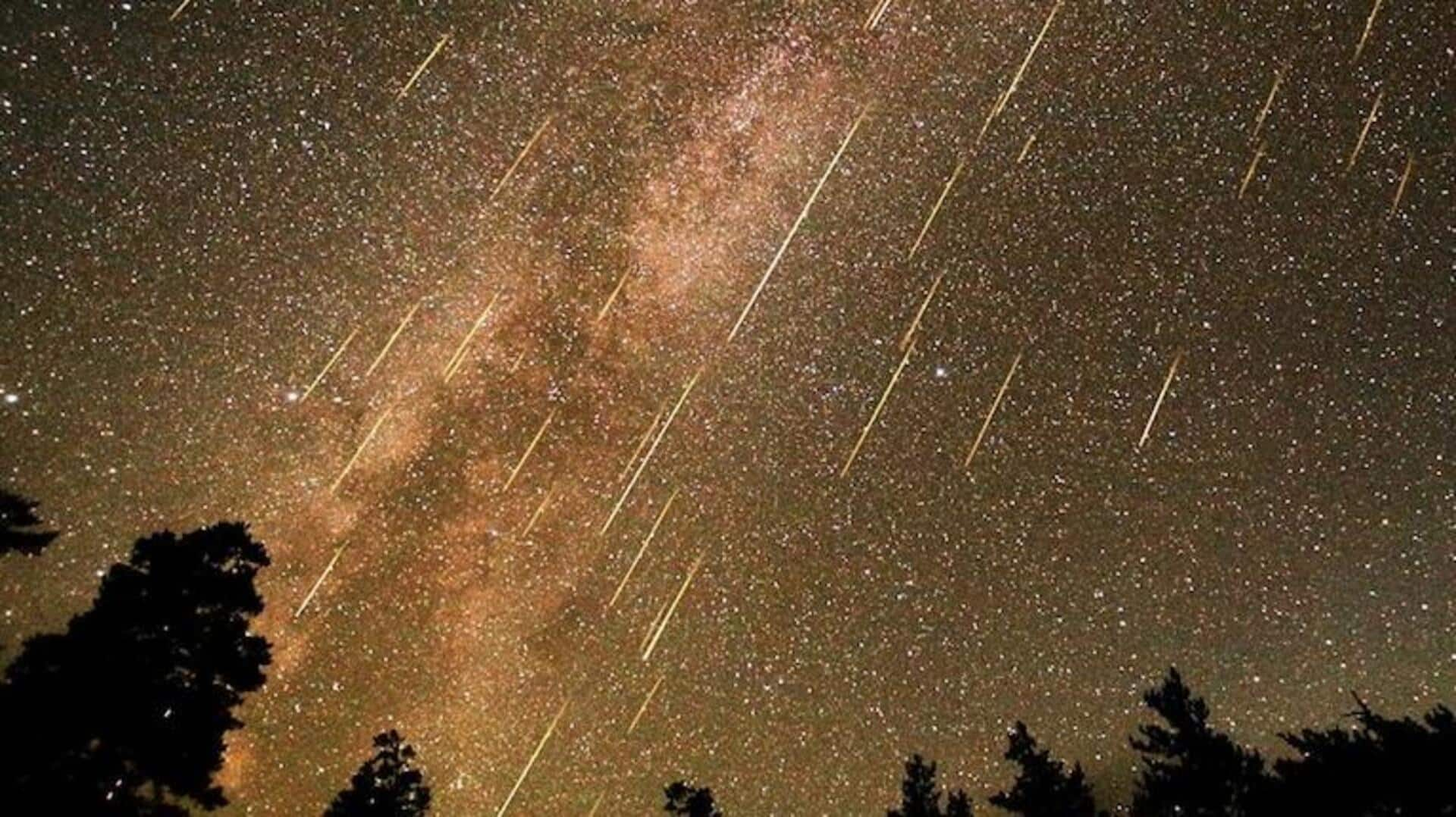
Eta Aquariid meteor shower to peak tonight: How to watch
What's the story
One of the most spectacular celestial events of the year, the Eta Aquariid meteor shower, is set to peak tonight. During this time, the southern tropics will be treated to a dazzling display of cosmic dust. The meteors, remnants from Halley's Comet or 1P/Halley which visits every 76 years, will appear bright as they enter our atmosphere. For the best viewing experience, find a comfortable spot with an unobstructed view of the sky, preferably dark areas away from city lights.
Meteor origins
Origin and visibility of Eta Aquariid
Meteor showers happen when Earth travels through debris from an asteroid or comet. These remnants crash into our planet's atmosphere, producing bright trails visible without any special equipment. The Eta Aquariids are produced when Earth's orbit intersects with the debris from Halley's Comet, located near the Aquarius constellation in the sky. This makes it easier to view these meteors in the Southern Hemisphere where they will appear at a rate of 50-60 meteors/hour.
Guide
Viewing conditions for meteor shower
While the Northern Hemisphere may see fewer meteors, perhaps up to 30 meteors/hour just before dawn, viewing conditions are likely to be ideal. The Moon will be 64% full during this peak period but will set before the radiant rises.
Location impact
Peak viewing may vary by location
The peak viewing time for the Eta Aquariid meteor shower will depend on where you are located. If you miss this peak event, don't worry. The shower will remain strong throughout the week and will last until around May 28, albeit at a decreasing rate. To keep track of future meteor showers throughout the year, download the International Meteor Organization's 2025 meteor shower calendar.